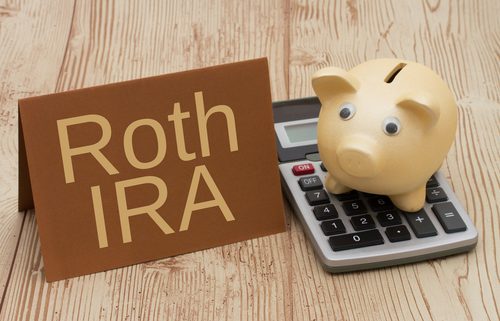What is a Self-Directed Roth IRA?
A Self-Directed Roth IRA is a type of individual retirement account that allows you to invest your funds in a variety of different assets. Different investment options are limited only by the rules of your plan administrator and any other restrictions that may apply. In this article, we’ll take a look at what makes a Self-Directed Roth IRA unique and how it differs from other types of IRAs. Interested in opening one for yourself or someone else? This is what you’ll need to know about Roth IRAs and how they work.
What is a Self-Directed Roth IRA?
A Self-Directed Roth IRA is an individual retirement account that allows investors to make investments in alternative assets. These may include real estate, private market businesses, or precious metals.
A Self-Directed Roth IRA is also a retirement account which uses after-tax dollars for its investments. Meaning, you can contribute to it without using tax-deductible contributions; however, this creates the possibility of tax-free distributions from the account once you hit retirement age. This means that you can front-load the tax burden on these investments.
The Roth IRA is a type of retirement account that differs from the Traditional IRA and 401(k). Traditional IRAs are funded with pre-tax dollars, and the money you contribute grows tax-free until withdrawal. Roth IRAs are funded with after-tax dollars—the contributions never get deducted from your paycheck. The money you withdraw from the account in retirement will be tax-free. This is assuming you meet all of the rules of Self-Directed Roth IRA investing. So, if you have an opportunity for significant growth over time, this kind of investment may prove to be especially valuable. This is because of the flexibility it offers later in life.
Even knowing all of this about Self-Directed Roth IRAs, what kinds of benefits do they offer to investors?
Self-Directed Roth IRAs Can Allow Tax-Free Withdrawals
Contributions to a Traditional IRA are tax-deductible and the earnings on those contributions grow tax-deferred. Withdrawals from a Traditional IRA are taxed at ordinary income rates. In contrast, Roth IRA contributors pay taxes on their contributions (since they have already been taxed). Earnings, however, can be withdrawn later in life without being taxed. This is assuming you have followed certain rules described by the IRS.
You Can Use a Self-Directed IRA to Invest in Alternative Assets
You are able to use your Self-Directed IRA can be used to invest in alternative assets. Alternative assets are a basket of investments that don’t fall under the traditional definition of stocks, bonds, and mutual funds. These include real estate, private equity, precious metals like gold and silver (and other commodities), and more. The benefits of investing in alternative assets include:
- Low correlation with traditional investments like stocks and bonds so they can provide diversification to your portfolio
- The possibility of seeing higher returns than traditional investments because they’re not correlated with other markets or sectors
A Self-Directed Roth IRA is an investment account that allows you to invest your retirement funds in almost anything you want, assuming that you set it up properly. The more that you understand these accounts, the more likely it is that you’ll see the benefits. For many investors, front-loading the tax burden on a Self-Directed Roth IRA can create a wonderfully free approach to enjoying retirement. With more money in a Roth IRA, you can take tax-free withdrawals. Accomplishing this later on in life will help you exercise more financial flexibility.
Interested in learning more about Self-Directed IRAs? Contact American IRA, LLC at 866-7500-IRA (472) for a free consultation. Download our free guides or visit us online at www.AmericanIRA.com.









